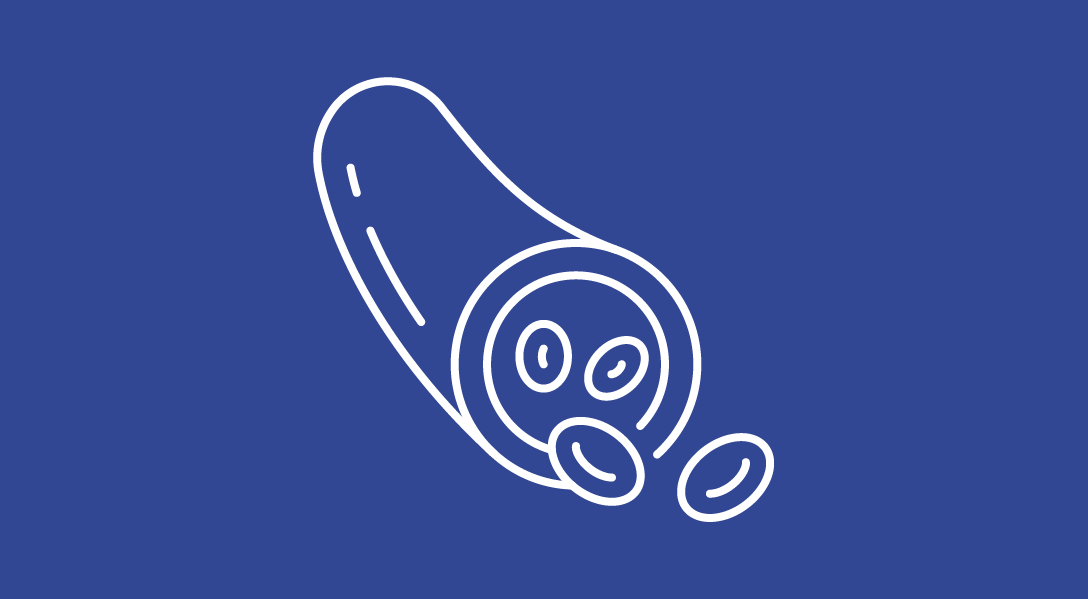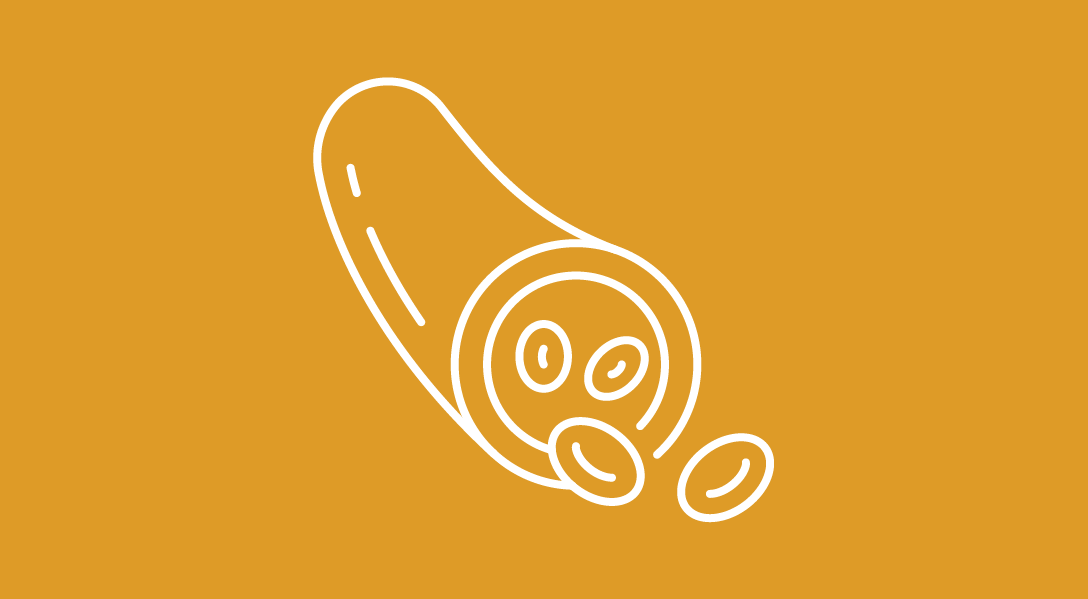Olaparib Plus Cediranib May Not Provide Survival Benefit in Platinum-Resistant or Refractory Ovarian Cancer
Patients with platinum-resistant or -refractory epithelial ovarian cancer treated with olaparib plus cediranib did not experience improvements in PFS and OS compared with chemotherapy.
Olaparib Plus Cediranib May Not Provide Survival Benefit in Platinum-Resistant or Refractory Ovarian Cancer

Compared with standard-of-care (SOC) chemotherapy, olaparib (Lynparza) plus cediranib did not significantly improve progression-free survival (PFS) and overall survival (OS) in patients with platinum-resistant or -refractory epithelial ovarian cancer, according to findings from the phase 2/3 NRG-GY005 trial (NCT02502266).1
These results, which were presented at the 2024 Society of Gynecologic Oncology Annual Meeting on Women’s Cancer, followed prior evidence suggesting that the combination does not provide clinical benefit in patients with platinum-sensitive ovarian cancer.2
Findings from the NRG-GY005 trial indicated that the median PFS with the combination (n = 167) was 5.2 months vs 3.4 months with SOC (n = 167; HR, 0.796; 95% CI, 0.597-1.060; P = .145) and 4.0 months with cediranib alone (n = 170; HR vs chemotherapy, 0.972; 95% CI, 0.726-1.300; P = 1.00).1 Additionally, there was no difference based on preplanned stratification factors: platinum status (resistant vs refractory), bevacizumab (Avastin) exposure (yes vs no), and prior PARP inhibition (yes vs no).
The median OS with the combination was 12.8 months vs 13.6 months with SOC (HR, 1.027; 95% CI, 0.771-1.368) and 10.5 months with cediranib alone (HR vs chemotherapy, 1.060; 95% CI, 0.795-1.413).
“The patients who achieved response [per RECIST v1.1 criteria] on cediranib/olaparib had durable clinical benefit with a longer median duration of response [DOR] than those on SOC or cediranib alone,” Jung-Min Lee, MD, head of the Translational Oncology Section at the National Cancer Institute in Bethesda, Maryland, said in a presentation of the data.
PARP inhibitors and antiangiogenic agents downregulate homologous recombination repair proteins, resulting in DNA damage and cell death in preclinical ovarian cancer models. By combining the VEGFR TKI cediranib with the PARP inhibitor olaparib, investigators have shown antitumor activity in a subset of patients with platinum-resistant ovarian cancer.
Based on this, investigators evaluated the activity of the all-oral combination against physician’s choice of non-platinum chemotherapy in patients with platinum-resistant or refractory, high-grade serous or endometrioid recurrent epithelial ovarian cancer.
The phase 3 portion of the trial took place between December 2018 and October 2020. To be eligible for enrollment in the phase 3 portion of the trial patients had to have platinum-resistant or -refractory epithelial ovarian cancer with evaluable disease. Patients were randomly assigned 1:1:1 to 30 mg of cediranib once daily plus 200 mg of olaparib twice daily; 30 mg of cediranib once daily; or SOC consisting of weekly paclitaxel, pegylated liposomal doxorubicin, and topotecan.
The coprimary end points were PFS and OS. Secondary end points included objective response rate (ORR) per RECIST v1.1 criteria and patient-reported outcomes per NFOSI-DRS-P9 assessment. The study was designed with hierarchical testing so that PFS would be tested before OS. The study had 90% power to detect a hazard ratio of 0.625 between the combination and SOC arms using a one-sided alpha level of 0.0083
The target sample size was 510 patients for 3 arms with 170 patients per arm, which included the 52 patients per arm from part 2.
Baseline patient characteristics in the overall population (n = 510) indicated that the median patient age was 64.2 years (range, 24.5-85.3). Most patients had a performance status of 0 (54.1%), ovarian cancer (71.8%), and BRCA wild-type disease (76.3%). Additionally, 19.2% of patients had received prior antiangiogenic therapy, and 31.6% were platinum-refractory.
Looking specifically across the combination, SOC, and cediranib alone arms, respectively, 8.4%, 6.4%, and 4.7% of patients harbored a BRCA mutation; 19.2%, 19.7%, and 18.8% received prior antiangiogenic therapy, and 31.1%, 32.4%, and 31.2% were platinum-refractory.
Additional results demonstrated that the ORR was 31.4% (n = 48/153) with the combination (complete response [CR], n = 4; partial response [PR], n = 44); 22% (n = 35/159) with cediranib alone (CR, n = 2; PR, n = 33), and 13.4% (n = 19/141) with SOC (CR, n = 1; PR, n = 18). The median DOR was 15.5 months, 5.7 months, and 5.2 months with the combination, cediranib alone, and SOC, respectively.
Regarding hematology toxicity in the combination arm (n = 163), most events were low grade and included anemia (16.6%), decreased neutrophil count (12.8%), decreased white blood cell count (12.3%), and decreased platelet count (20.3%). Grade 3 and 4 anemia occurred in 4.3% and 0.6% of patients, respectively. Decreased neutrophil and platelet counts of grade 3 severity occurred in 1.2% and 0.6% of patients, respectively.
Lee noted that the rate of low-grade anemia and decreased neutrophil counts were significantly higher in the chemotherapy arm (n = 156), at 34.0% and 23.8%, respectively.
Non-hematologic toxicities in the combination arm included hypertension (grade 1/2, 36.8%; grade 3, 27.0%; grade 4, 1.2%), fatigue (grade 1/2, 58.9%; grade 3, 17.2%), weight loss (grade 1/2, 22.3%; grade 3, 4.3%), hypothyroidism (grade 1/2, 27.0%), anorexia (grade 1/2, 35.6%; grade 3, 3.7%), oral mucositis (grade 1/2, 21.5%; grade 3, 4.3%), diarrhea (grade 1/2, 66.9%; grade 3, 8.0%), vomiting (grade 1/2, 38.7%; grade 3, 9.2%), abdominal pain (grade 1/2, 27.0%; grade 3, 10.4%), and headache (grade 1/2, 29.4%; grade 3, 1.2%).
Lee added that a similar frequency of hypertension (grade 1/2, 37.0%; grade 3, 34.6%; grade 4, 7.4%), hypothyroidism (grade 1/2, 32.0%; grade 3, 1.9%), and diarrhea (grade 1/2, 64.2%; grade 3, 12.3%) was seen in the cediranib alone arm.
Patient-reported outcomes (n = 310) demonstrated that there was no statistically significant difference between the chemotherapy and combination arms according to the NFOSI-DRS-P subscale scores.
References
- Lee JM, Brady M, Miller A, et al. A phase II/III study of cediranib and olaparib combination compared to cediranib or olaparib alone or standard of care chemotherapy, in platinum-resistant ovarian cancer (NRG-GY005). Presented at: 2024 Society of Gynecologic Oncology Annual Meeting on Women’s Cancer; March 16-18; San Diego, CA.
- Liu JF, Brady M, Matulonis UA, et al. Overall survival outcomes from NRG-GY004, a phase III study comparing single-agent olaparib or combination cediranib and olaparib to platinum based chemotherapy in recurrent platinum sensitive ovarian cancer. Ann Oncol. 2023;34(suppl 2):S1285. doi:10.1016/j.annonc.2023.10.039



